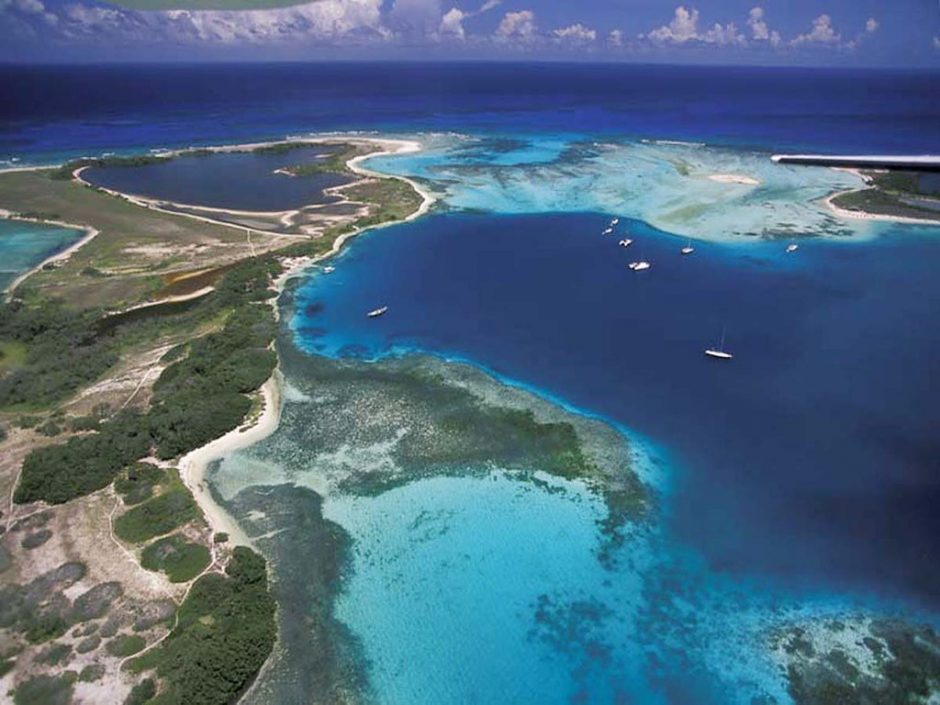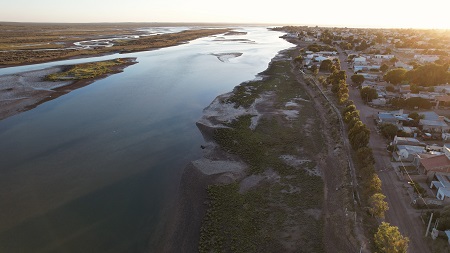
Los Roques National Park in Venezuela. Photo by …your local connection, Flickr
Most of the ‘paper parks’ – or MPAs that fall short of safeguarding marine biodiversity – are located in Latin America and the Caribbean. Countries such as Venezuela topped the list with more than one national park allowing unregulated fisheries in restricted zones. Southeast Asia and Oceania, and the Indian Ocean are also regions where marine protected areas fail to fulfill their objectives.
“Due to the growing number of MPAs and the expansion of unrealistic and idealistic conservation targets, we believe that more transparent information on the actual protection that they provide to marine ecosystems is necessary,” said Veronica Relano, lead author of the Marine Policy article that presents the new index. “This is why we developed the PPI, which exposes the disconnect between official protection status on paper and the perception of fishing intensity reported by different local stakeholders for the 184 marine protected areas we assessed.”
To develop the index, Relano and co-author Daniel Pauly, principal investigator of the Sea Around Us at UBC’s Institute for the Oceans and Fisheries, polled over 3000 people considered stakeholders within their MPA sample, which included at least one marine protected area for each coastal country in the world.
Fishers, NGO staffers, civil servants, academics and journalists were emailed a single-question questionnaire that asked them to rate the level of fishing they thought occurred in a specific MPA in their country’s waters. The average answer for each MPA, which ranged between 1, or ‘no fishing,’ 2, or ‘light fishing,’ 3, or ‘moderate fishing,’ and 4, or ‘very intense fishing,’ was later on matched with the International Union for Conservation of Nature’s (IUCN) categories for MPAs, which span from strictly protected areas to parks where conservation objectives are pursued in parallel to other human uses.
“In other words, the Paper Park Index is the difference between the average fishing intensity indicated in the responses to our questionnaire and the IUCN category level. We also compared our results to the level of protection listed in the Marine Protection Atlas,” Pauly said. “For example, if most respondents indicated ‘moderate’ or ‘very intense fishing’ for an MPA officially designated as ‘no-take,’ we might be dealing with a potential ‘paper park’ or a misfunctioning MPA that is at risk of being a ‘paper park,’ depending on the PPI scale.”
The authors noted that there are no other MPA databases that consider local stakeholders’ knowledge in their assessment of protection levels. “This needs to change. Our research shows how considering local perceptions could help to differentiate de facto MPAs from paper parks,” Relano said.

The San Antonio Bay marine protected area in Argentina is among those experiencing several environmental problems. Photo by SOS Somos OceanoS Project and Water Science Policy.
“This study serves as a useful entry point for further investigation into how much and in which way our oceans are protected,” Pauly said. “Future research should match our results with quantitative fisheries data to either support the findings or aid the identification of blind spots in official fishery statistics.”
“The ‘Paper Park Index’: Evaluating Marine Protected Area effectiveness through a global study of stakeholder perceptions” appeared this week in Marine Policy doi: https://doi.org/10.1016/j.marpol.2023.105571
Tags: conservation, Daniel Pauly, fishing practices, Marine protected areas, Sea Around Us